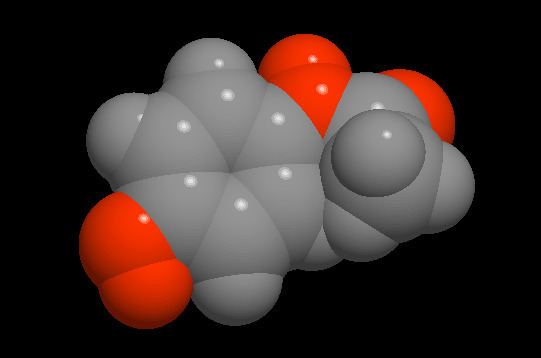 | ||
The polar surface area (PSA) of a molecule is defined as the surface sum over all polar atoms, primarily oxygen and nitrogen, also including their attached hydrogens.
PSA is a commonly used medicinal chemistry metric for the optimisation of a drug's ability to permeate cells. Molecules with a polar surface area of greater than 140 angstroms squared tend to be poor at permeating cell membranes. For molecules to penetrate the blood–brain barrier (and thus act on receptors in the central nervous system), a PSA less than 90 angstroms squared is usually needed.
References
Polar surface area Wikipedia(Text) CC BY-SA
